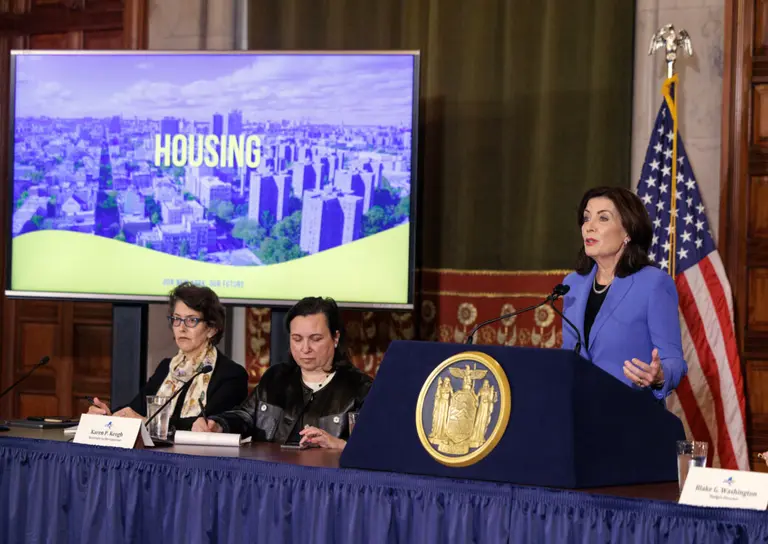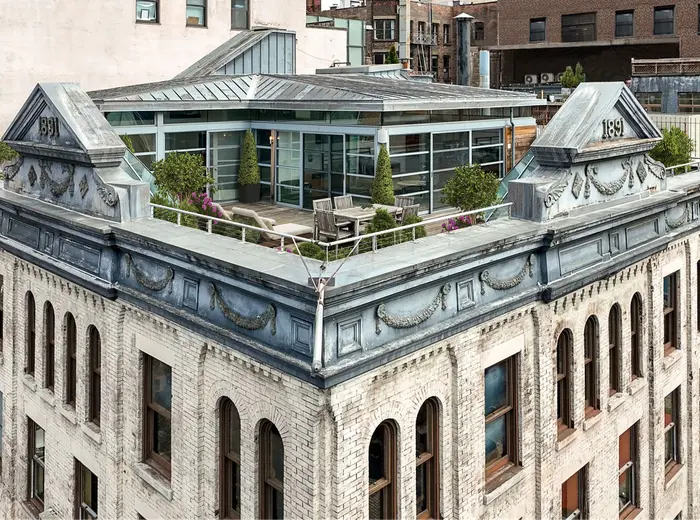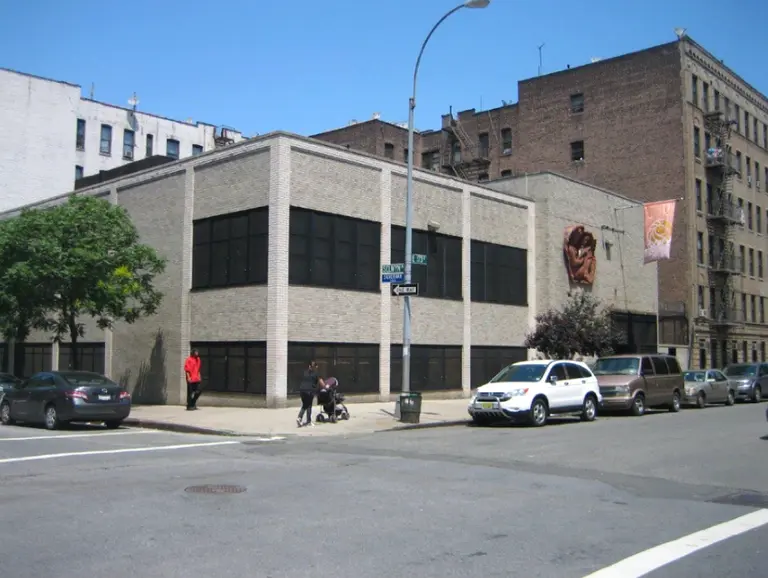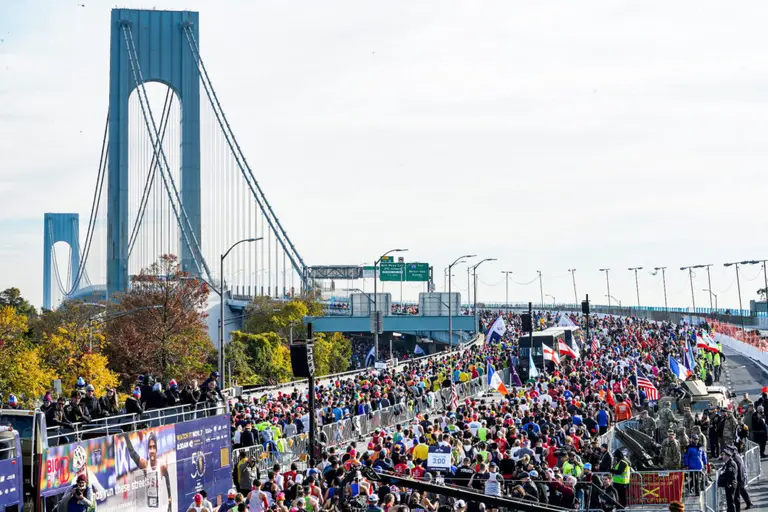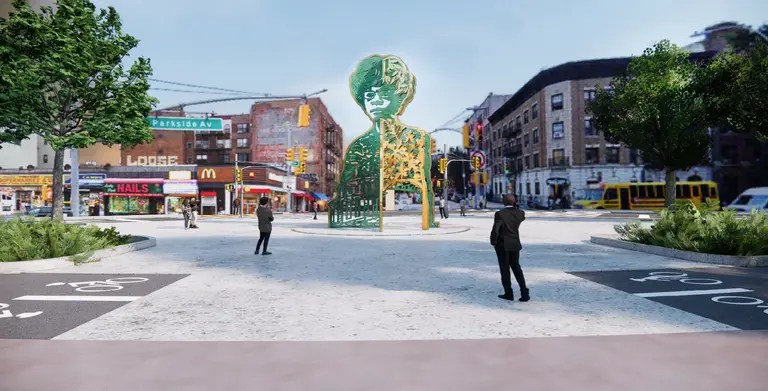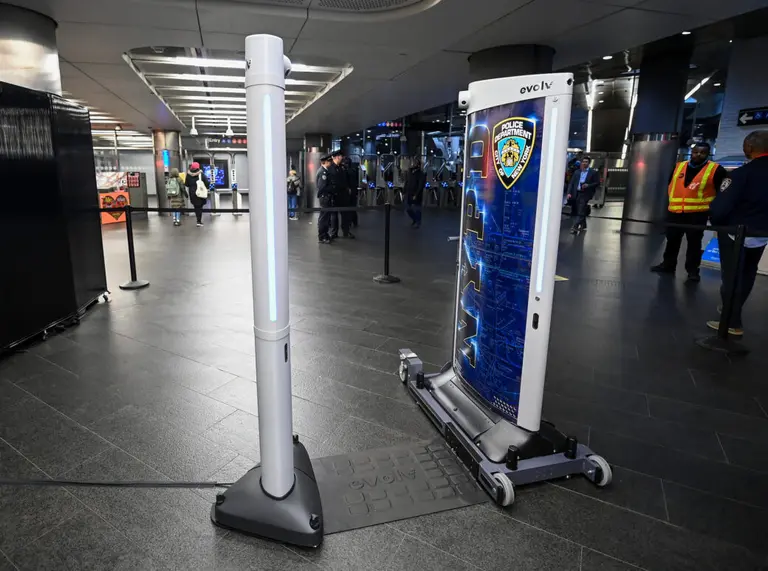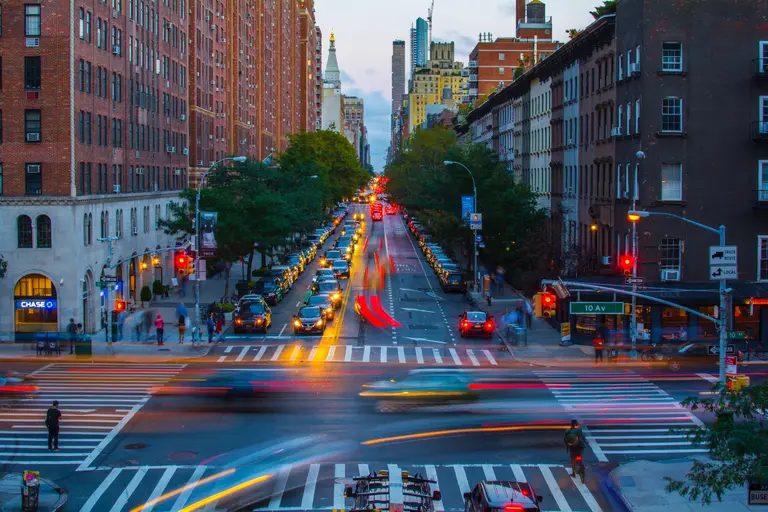City’s new homeless outreach program will utilize 18,000 municipal employees
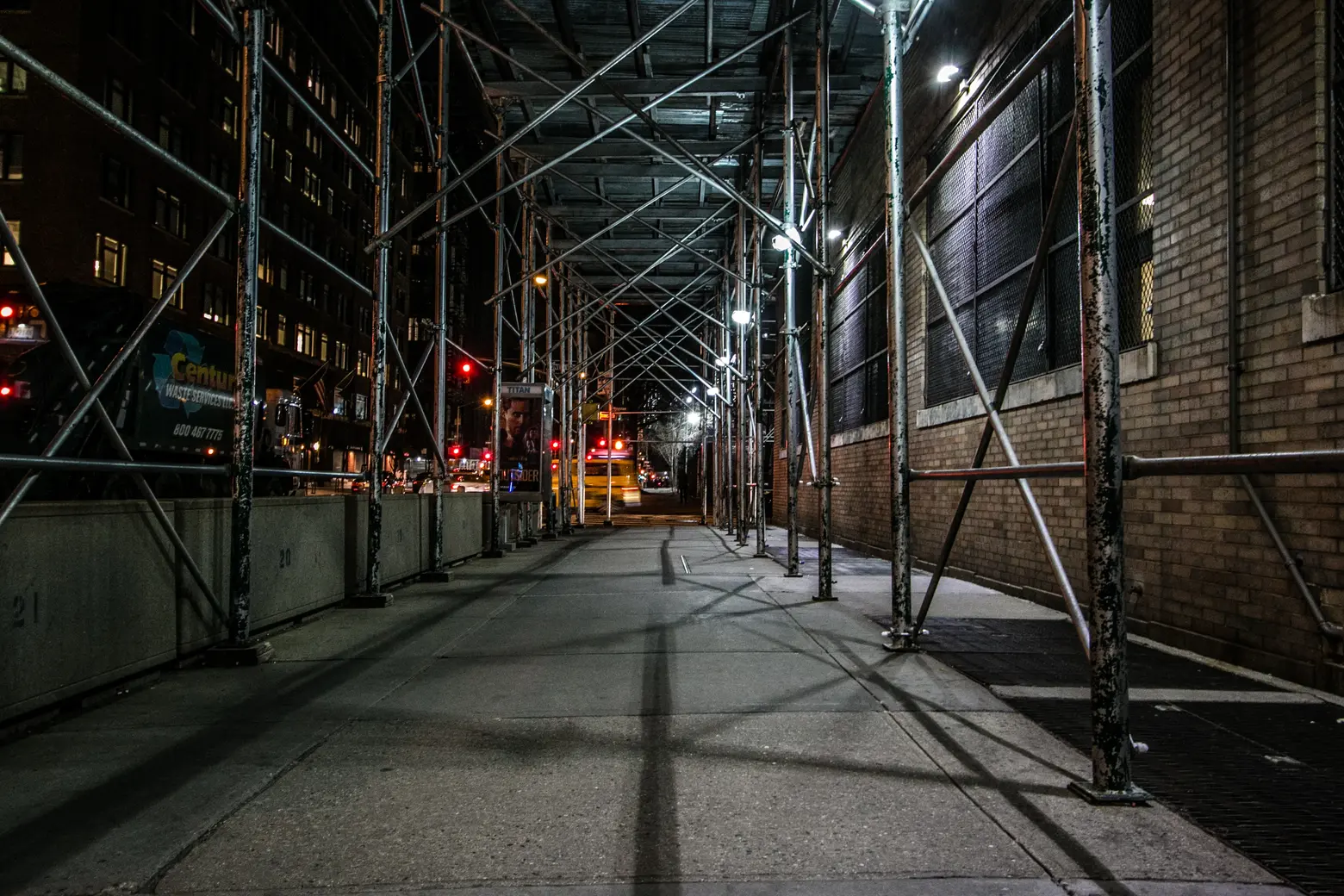
Photo by Zachary Shakked on Unsplash
“Mass surveillance” or massive outreach effort? The verdict seems to still be out on Mayor de Blasio’s new initiative to help solve the homelessness crisis in New York City. In a press release today announcing the new Outreach NYC program, the city says it will “mobilize thousands of frontline City Agency staff to request outreach assistance via 311 when they observe individuals experiencing unsheltered homelessness” as a way to help them into shelters. To be exact, the total number of city employees who will receive this training is 18,000. But the Coalition for the Homeless feels that the plan merely implements “mass surveillance of homeless New Yorkers” without making investments in solutions.
In a statement, Giselle Routhier, Policy Director at Coalition for the Homeless, said, “The Mayor’s grand outreach plan is to implement mass surveillance of homeless New Yorkers, without necessary additional investments in real solutions like housing or low-threshold shelters. This is not a plan to ‘help’ anyone — it is a chilling and counterproductive plan to try to drive the problem out of sight.”
On the other side of the coin, Mayor de Blasio said, “We cannot attempt to address this issue in a vacuum. It’s time we all wear one uniform. Outreach NYC is our all-hands-on-deck approach to bring even more people in off the streets.”
To that end, the 18,000+ city workers who will receive training are employed by five agencies–the Department of Sanitation, the Department of Health and Mental Hygiene, the Fire Department, the Department of Buildings, and the Parks Department. They’ll be advised to dial 311 when they observe “individuals experiencing unsheltered homelessness.” These calls will then be routed to a new Joint Command Center under the Department of Homeless Services and the NYPD. From there, according to the press release, “interagency staff will analyze trends, triage requests, and prioritize and deploy multi-Agency responses as appropriate.”
Homelessness has been a major issue for de Blasio since he took office, but it came to the forefront once again this summer when Governo Cuomo instructed the state’s Office of Temporary and Disability Assistance to deploy additional MTA police and outreach workers at stations located at the terminus of subway lines after reporting a 23 percent increase in homeless individuals on the subways. De Blasio followed up with his own increased effort on the subways, including a video surveillance system that launched in October. As 6sqft previously reported, the NYPD began monitoring live feeds from more than 100 cameras placed in 10 subway stations to look out for “quality-of-life and public safety concerns.” The Coalition for the Homeless spoke out similarly at the time, referring to the tactics as “Big Brother-like.”
In addition, the MTA doubled its transit police force in October when it hired 500 new officers as part of the effort. Along with the hiring of 81 supervisors, this will cost the MTA $260 million in the 2020-2023 financial plan, according to a report from the Citizens Budget Commission. The Mayor has also earmarked $19 million of city funds to hire 180 more homeless outreach workers (there are currently 370) who will assist at the Joint Command Center and with HOME-STAT (Homeless Outreach & Mobile Engagement Street Action Teams).
Another goal of Outreach NYC is to expand a by-name list of homeless individuals. According to the city, outreach teams have already identified 1,300 people living on the street by name and are “actively engaging” with another 2,400 to determine if they are, in fact, homeless. Much of this push comes after a homeless man in Chinatown bludgeoned four other homeless men to death last month.
In their announcement, the city omits any statistics on the overall numbers of homeless people, but the New York Times tells us that are a total of 79,000 individuals. Five percent, or roughly 4,000, of these individuals are street homeless. According to the Times, there were 60,479 people in the shelter system on Tuesday, nearly 22,000 of whom are children. The city does note, however, that since the launch of HOME-STAT in April 2016, the city has helped 2,200 people off the streets and into transitional and permanent housing programs.
RELATED:


